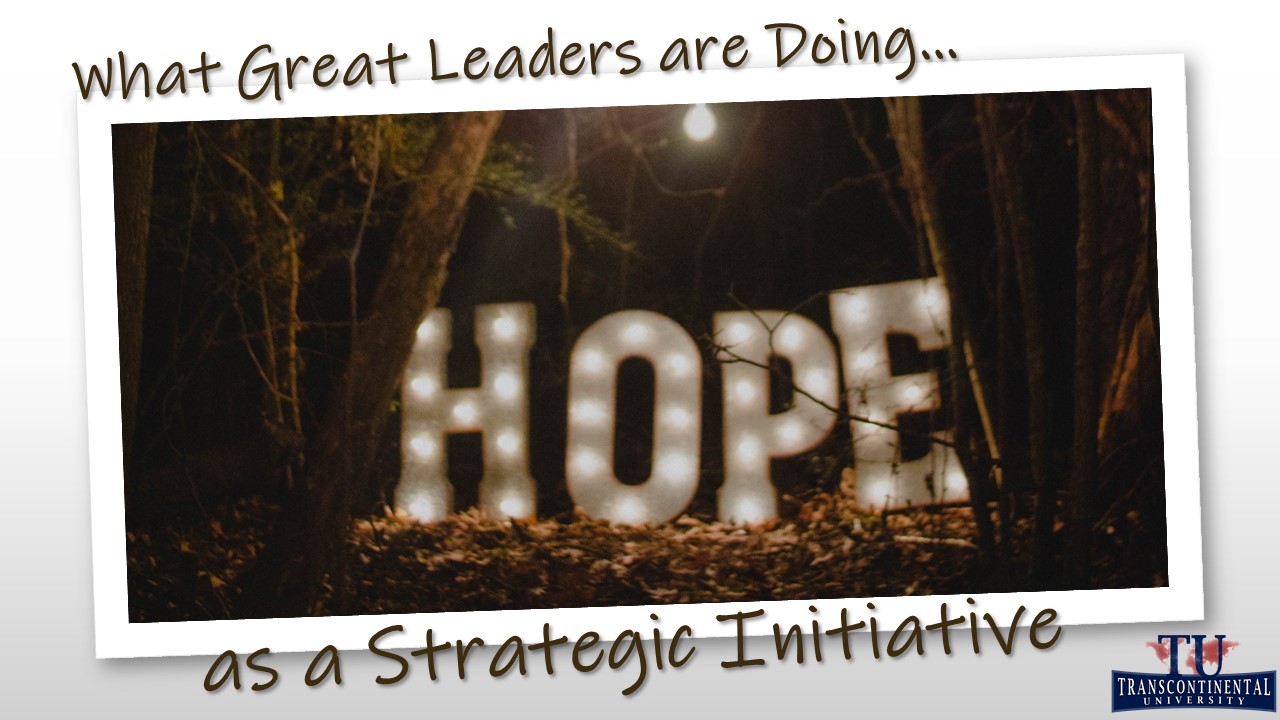
The TRUTH in Inclusive Leadership
Secretes to an Effective Approach
By Dr. Ted Sun And Dr. Lloyd Williams
The current Diversity & Inclusion (DEI) movement in has been a failure in many companies who employ good people doing their best with something that is extremely sensitive. Unfortunately, the media and various organizations are judging the actions of a few and simplifying it into an entire company or even a state to make a point. But what, exactly, is the point? The same principles in discrimination being fought against are used towards companies or groups of people. The TRUTH is that good people working on DEI simply don’t know what they do not know.
Most people have never experienced TRUE inclusion.
How can they be expected to be perfect in DEI strategies? Worse yet, they’re all working within the toxicity of a management machine. Within that management machine, a simple “check the box” approach with some questionable training continues to make repeated mistakes. Nothing else is being enhanced, such as inclusive decision-making processes in organizations, because the management machine has separated training activities and organizational processes. Management thrives in the reactive approach. Within this machine, good people simply cannot see the issues of diversity and inclusion with the blinders of management practices.
Fundamental Flaws and Solutions to DEI
1. Hierarchical Decisions Vs Inclusive Decisions
In most organizations’ decisions about DEI are made by traditional management hierarchy. An executive team sees the need for DEI and dictates it downward for one department to address. Then that department head decides that all employees must complete the training by a certain date. While a common practice, how does this decision process reflect inclusion? Mandatory training reflects conformity. Even as research has consistently shown the lack of effectiveness in learning when forced, it is the norm in so many reactive decisions. Look at the required annual ethics training that came from accounting scandals. While it’s apparent that the required annual training has very limited impact, it is still commonly practiced.
TRUTH #1: Principles of inclusion have no room for conformity within a traditional management hierarchy.
It is hard to speak about inclusion when the decision approach violates inclusion.
DEI Secrete #1: Inclusive decisions come from a knowledge structure. Imagine a spider web, where vibrational information can come from anywhere and the spider makes survival choices from any part of its web. While the strategy of executing DEI training is still limited, getting people included in the decision is a starting place. With any form of learning, inspiring people to want to learn and ask for it will have a profound impact on how much people retain and apply. Organizations that gather input from the employees on the DEI initiative set the stage of learning and innovation. Depending on the current organizational culture, we have designed a combination of quantitative and qualitative approaches to reflect inclusive practices that still come to the same decision of DEI training, or even better ones. The best part with our strategically designed inclusive processes is the efficient implementation. That resistance to change is minimal or non-existent with our inclusive processes!
2. DEI Training vs DEI Development
Place “Diversity and Inclusion” into a Google search and you will see numerous online training courses offered by various training organizations and universities. They have one fundamental flaw – they push information at people. Whether it is in beautifully created videos or generic articles and cases, participants receive more and more explanation of what DEI should be and how one should handle it. These courses are highly profitable since they can be pushed onto thousands of participants once created, but they fail to reflect the content of the course – Inclusion.
TRUTH #2: Pushing information at people without individual consideration does not reflect inclusion.
Generic content pushed is often offensive to the participant!
Within the human brain, generic content is meaningless data. Typically, the brain gets approximately 11 million bits of information each second, and only process between 60-120 bits consciously. The information being pushed/explained in these training sessions must complete with many other sources of information, including one’s own thoughts, values, and beliefs about DEI. At best, the training gets selected and consciously processed. But that is far from developing linkages in the brain to shift how one remembers content, how one perceives reality, and how one makes decisions in a given situation. This is where inclusion in the training approach can align with what is being taught.
DEI Secrete #2: Inclusive learning environments require a highly engaging and customized approach. Formed on the principles of constructivism, where knowledge is created by a construction of what you already know and new information being presented, we move away from training and towards development. Development requires a deeper understanding of those involved and honors the diversity of their thoughts, values, and beliefs. Especially in alignment with the principles at the heart of Diversity and Inclusion, sharing your perspectives, values, and beliefs around DEI should be the first step. Having worked with countless organizations from across the world over the past two decades, developing people is always about getting authentic input in the process of learning and building new knowledge that is sustained and applied. Our approach has been developed through working with incredibly diverse cultures from 54 nations. DEI should never be just a training session over a few weeks; the integrity of DEI principles demand an inclusive learning environment over at least a three-month period, especially when it comes to those in management roles. This is how we make a lasting impact.
3. Depth of DEI Content
Besides the challenges in pushing information, what is taught in DEI training courses are mostly surface level behaviors at the individual level. For the behaviors, we’re in the world where we are taught to behave in a certain way. Countless books talk about behaviors that lead to success. The practice falls under the principles of behaviorism, which makes a poor assumption that human beings are a simple stimulus and response entities. On the contrary, we are much more complex. Our perceptions, emotions, and/or attitudes determine how we react subconsciously or respond consciously. Many behaviors for a given situation may make logical sense, but we have unique perceptions of reality, unique thought processes, and unique situational emotional states derived from our expectations and goals. The foundation of diversity honors that uniqueness. So why try to behave according to external information being explained to us?
TRUTH #3: DEI development can honor the diversity of our values, beliefs, and identity, which form unique perceptions of reality and thoughts.
The contents of DEI training must go much further than behaviors at the individual level.
DEI Secrete #3: DEI development requires a higher level of self-awareness. The contents can guide people towards an in-depth exploration of how they come to knowing. A journey in personal epistemology is necessary to help people understand that DEI is not just a set of behaviors that are considered appropriate in the workplace. It is understanding one’s core values and beliefs that drive perception. Then reshaping the beliefs to be healthy, regardless of past experiences. This requires a collective approach to DEI development, rather than behaviors at the individual level. Developing people in a deep and meaningful way requires shifting organizational processes, so that whatever one learns, they have a safe space to practice and continue to develop over time with timely feedback loops to improve. We look at DEI development from a holistic perspective. Amazingly enough, the results impact the bottom line in a meaningful and sustainable way.
DEI is not just about quotas on the surface of employment numbers. It is about how people live, work, and make decisions that reflect principles of inclusion and the diversity of thought. Let’s go beyond the generic DEI training courses and begin a revolution in creating inclusive cultures.
Click below for related Podcasts: Strategic Insights to Diversity and Inclusion Development
Podcast: Play in new window | Download
















